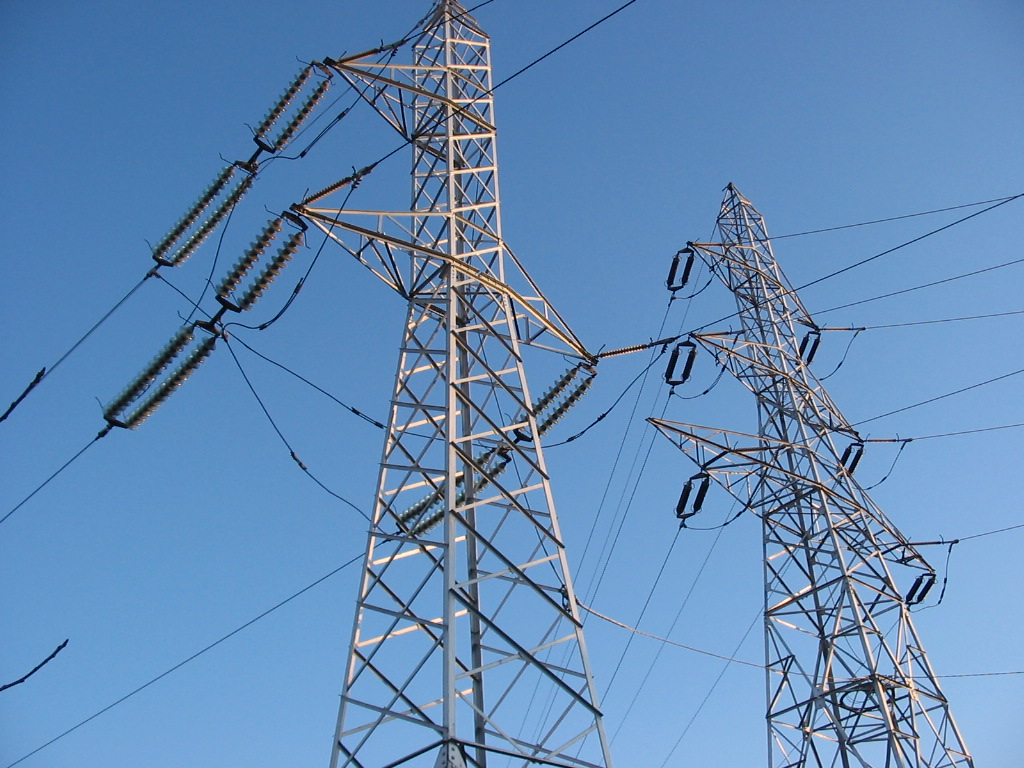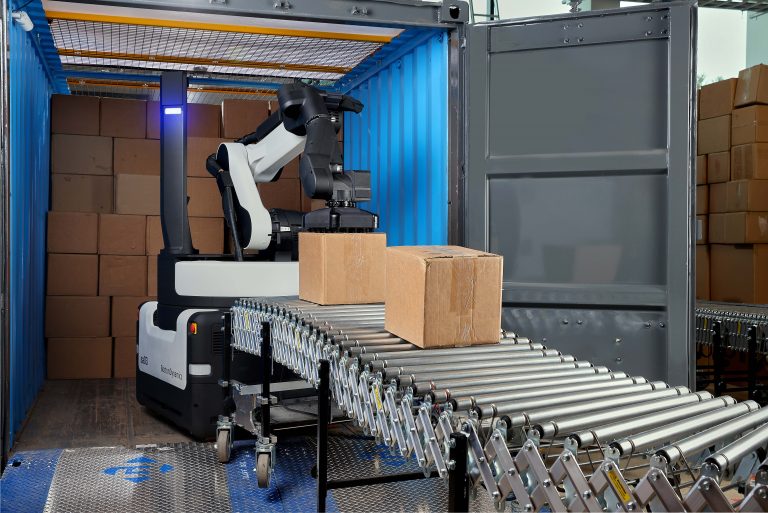It has been widely reported that current energy systems include bulky power electronic switches that are not very efficient. According to Wikipedia, power electronics “is the application of solid-state electronics for the control and conversion of electric power.”
Power electronics includes technology that converts and controls electric power through the use of high-efficiency switching inside electronic devices of many kinds. University scientists and engineers in the industry have been pushing to improve thermal management and thermal interface technologies. At the same time, rapid innovation is due to the availability of new materials and software applications. The evolution of power electronic technology over the past 25 years has led to new possibilities for the 21st century such as the mass storage of energy for many new renewable sources, the creation of hybrid and electric vehicles, and more.
New Technology Affecting Every Industry
Innovations in power electronics are now affecting air conditioning systems, lasers, trolleys, refrigerators…you name it. But the larger application of power electronics is creating a new industrial revolution in which automation, energy conservation, energy storage, bulk utility energy storage, and renewable energy systems can reach efficiencies beyond what was imaginable just a few short years ago. Achieving super efficiency would go at least part of the way toward helping reduce global energy use and greenhouse gas emissions.
Companies like General Electric, BAE Systems, Siemens, and many others are pushing power electronic innovation by hiring talented power electronics design engineers, using new power semiconductor products, designing and building new modular power supplies, high-side switches, and more.
Learning More
The field of power electronics concerns: circuit laws, switching circuit analysis, the basis for converter operation and control, DC-DC, AC-DC, DC-AC, and AC-AC conversion tasks, resonant converters and discontinuous converters, magnetic device design, thermal management and drivers, power semiconductors, converter control systems, small-signal and geometric controls, and more. And power electronics includes devices and components such as capacitors, inductors, wire connections, and power semiconductors.
The following video is a “Basic Introduction to Power Electronics.”







